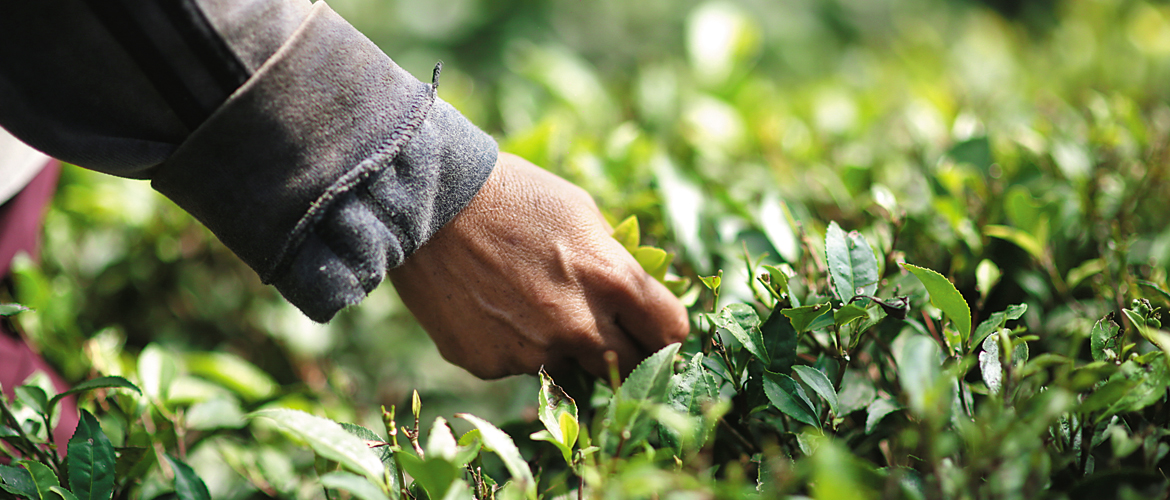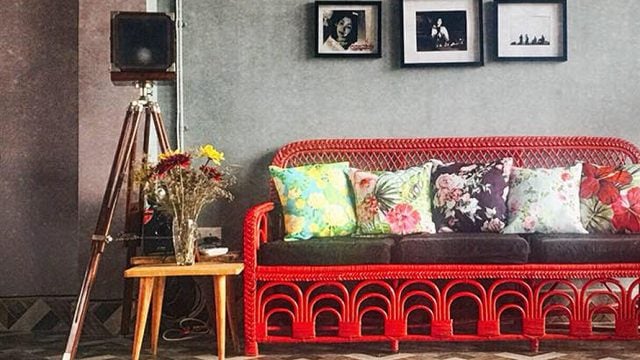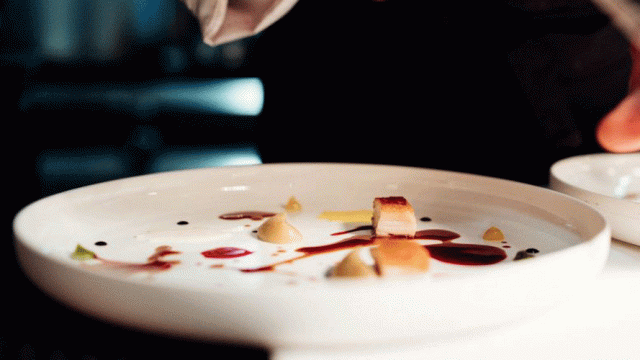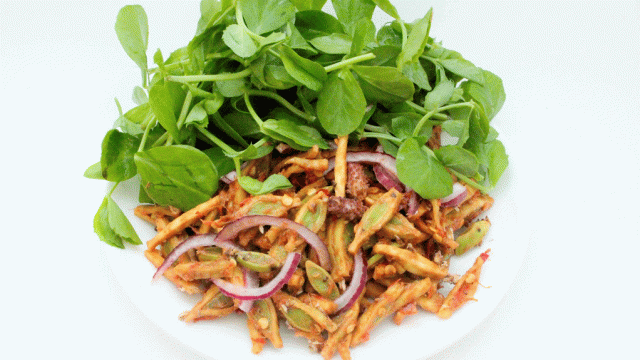If you are cold, tea will warm you; if you are too heated, it will cool you;

Just moments ago, I had turned an inconspicuous corner in the sleepy West Bengal hill station to be confronted by a strangely wonderful sight—the contemporary-looking lounge on my left appeared suspended in the air (a perspective illusion; it is, in fact, held tightly by cantilever and stilts). The façade is cosy and welcoming, decorated with plants in log planters and a fountain made to resemble tea being poured into a cup.

Goodricke is India’s largest producer of Darjeeling tea and it isn’t new to the concept of tea lounges, with lounges across Kolkata and Bhopal. But Margaret’s Deck, located just 30km before Darjeeling town, will have the advantage of a quaint hill-station, the Darjeeling Himalayan Railway (DHR) and a view unlike any other when it opens in mid-January. Besides, what could be a better spot for a tea lounge than among the Champagne of Teas? Tea leaves grown in Darjeeling produce a very mellow and aromatic cup—fine in texture, delicious in taste and unique in flavour; the British, who brought tea to India nearly two centuries ago, had struck gold, even if they didn’t know it back then.
Even with its modern look, the lounge maintains an old-world charm—it’s made using dhuppi wood, which was used for building most British-era hill cottages. It offers a breathtaking 270° view of the gardens. The interior has an open kitchen at one end and elegant seating at the other.

I sat down for some tea tales with two of Goodricke’s senior managers, Subroto Sen of Badamtam Tea Estate and Vikas Gajmer of Castleton Tea Garden. “We start in March and harvest until winter,” said Subroto of the process. The tea-growing seasons are called flushes; the tea produced during each of these is distinct in character. The first flush produces a light, bright-coloured tea, while the second produces a stronger brew. The autumnal and monsoon flushes produce their own specific flavours. Out here, the world of tea goes far beyond the CTC (Crush, Tear, Curl) variety of tea leaves, otherwise known as desi chai, which we’re so used to buying and consuming in the city. For instance, Castleton produces ‘Castleton Premium Muscatel’ for only about a month a year, in very limited quantities. These packets sell for thousands, and can only be appreciated by very sensitive palates.

Our conversation quickly drew parallels between wine and tea. “It’s pretty much the same. Only, we may not have to age our teas,” joked Subroto, adding that taste, texture, aroma and consistency are considered while assessing the quality of both beverages. “But they do sometimes age their teas in China,” Vikas added. Unlike wine, the tea industry hasn’t done much when it comes to marketing and tourism. Goodricke seems to be making headway here. What was once just a small retail kiosk here is now a lavish lounge. It’s not just about tea though. “Our endeavour is to highlight the elements that make the district what it is,” said Vikram Singh Ghulia, Sr. General Manager. So, whether it’s the toy train, the majestic misty views of plantations or Darjeeling tea—the lounge has it all.

It’s a start, but so much more needs to be done, according to Malcolm Perkins, chairman of Camellia PLC, Goodricke’s parent company. “People need to be better educated about tea. The youth doesn’t seem to be taking to non-CTC. Production costs are increasing, prices aren’t,” he said. I can understand his concern—just sip some Darjeeling and you’ll know what real tea tastes like. The estate has some more tricks up its sleeve—planting trees to attract avian wonders which would bring in birding enthusiasts, tea trails that would allow for plucking of tea leaves, tie-ups with the DHR to promote tea tourism, wooing cyclists and train enthusiasts, and so on.

After this fine experience, I proceeded to enjoy the rest of Darjeeling. Kurseong itself is a small town, but it’s quite charming, with narrow-gauge train tracks snaking between shops. At the Bhangzang Salamander Lake, I rendezvoused with one of the young hibernating lizards. My next stop was a British cottage, located in the heart of Margaret’s Hope. Here, I was witness to possibly the prettiest vista the town had to offer—the sky a gradient of red and the many tea gardens laid one after the other, surrounded by hills. As I savoured some Darjeeling white tea and a hilly sunset, it occurred to me that a lot of the Indian Himalaya I’ve visited seems to be suffering from a colonial hangover. Darjeeling is no different. But this is a good kind of colonial hangover.
The Information
Getting There
Bagdogra is the nearest airport (60km). A drive to the lounge takes about 2hrs. DHR’s toy train connects Kurseong with New Jalpaiguri (near Siliguri) and takes just over 4hrs.
Where to Stay
We stayed at Kurseong Tourist Lodge (₹1,500 for a standard room; kolahal.com). It’s homely, quiet and convenient. Cochrane Place Hotel (from ₹2,600; cochraneplacehotel.com) is another excellent option.
What to Eat & Sip
At Margaret’s Deck, the menu is still tentative, but includes a range of teas (from ₹600 a teapot, ideal for two) including Castleton Muscatel, Barnsley Green Tea and Badamtam Earl Grey served with mini flan and cakes. Tea flavours range from flowers such as jasmine and chamomile to cold teas such as apple & cinnamon. As for the food, various kinds of breakfasts are available. Croissants, quiches, grilled fish, scones, brownies, cheesecakes and desserts such as soufflé, trifle and caramel custard are just some of the other options.

What to See & Do
Visit Goodricke Teapot, Margaret’s Deck (Margaret’s Hope Tea Centre, P.O. Tung, Kurseong, Darjeeling, West Bengal 734334; +91-97340-22440, goodricke.com) and spend the day enjoying its tea and view of the tea gardens (officially opens in mid-January).
The Bhangzang Salamander Lake must be visited.
Walk along Kurseong’s streets; there are some bakeries selling delicious cookies.
Visit tea estates such as Castleton or Margaret’s Hope for tea-tasting sessions and tours explaining the entire process.
Darjeeling
Darjeeling tea
Drinks





